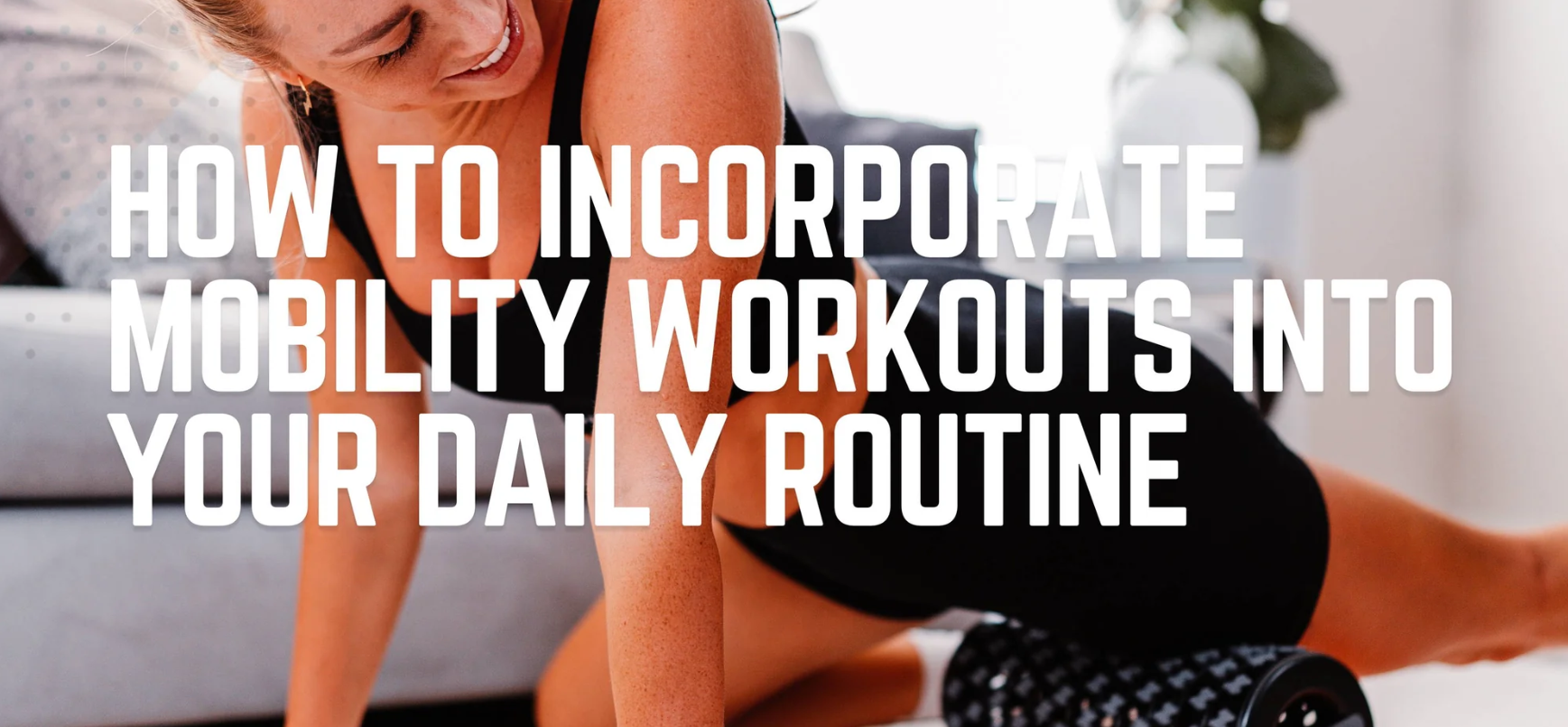In the pursuit of physical fitness, many individuals prioritize strength training and cardiovascular exercises, often overlooking the equally essential components of flexibility and mobility. Incorporating these elements into your gym routine is not just about achieving a full range of motion; it’s about unlocking your body’s potential and reaping the benefits of enhanced performance and injury prevention. In this article, we’ll explore the importance of flexibility and mobility exercises and provide practical tips on seamlessly integrating them into your fitness regimen.
The Foundations of Flexibility and Mobility
- Increased Range of Motion: Flexibility exercises focus on lengthening muscles and increasing joint flexibility, allowing for a broader range of motion. This, in turn, enhances your ability to perform various exercises with proper form and efficiency.
- Injury Prevention: Improved flexibility and mobility play a pivotal role in injury prevention. Flexible muscles are less prone to strains and tears, while enhanced joint mobility reduces the risk of injuries caused by improper movement patterns.
- Better Posture and Alignment: Flexibility and mobility exercises contribute to better posture and alignment, reducing the likelihood of chronic pain and discomfort. Proper alignment is crucial for overall joint health and optimal biomechanics.
- Enhanced Athletic Performance: Athletes across different disciplines incorporate flexibility and mobility training to optimize their performance. Whether you’re a runner, weightlifter, or engage in various sports, increased flexibility can lead to improved agility, balance, and power.
Practical Tips for Incorporating Flexibility and Mobility
- Warm-Up Rituals: Begin each gym session with a dynamic warm-up that includes joint rotations, leg swings, and dynamic stretches. This primes your muscles and joints for the upcoming workout, reducing the risk of injury.
- Interleaved Stretching: Throughout your workout, incorporate brief stretching intervals between sets. This can include static stretches for major muscle groups, helping to maintain flexibility as you progress through your routine.
- Dedicated Flexibility Sessions: Designate specific days for focused flexibility and mobility sessions. Include a variety of stretches targeting different muscle groups and joints. Yoga or Pilates classes can be excellent additions to your routine.
- Foam Rolling and Self-Myofascial Release: Utilize foam rollers and self-myofascial release techniques to alleviate muscle tightness and improve flexibility. These tools can target trigger points and knots, enhancing overall muscle function.
- Incorporate Yoga or Pilates Classes: Joining a yoga or Pilates class not only provides guided flexibility exercises but also cultivates mindfulness and body awareness. Both disciplines emphasize controlled movements and deep stretching.
- Cool Down Effectively: Don’t neglect the cool-down phase of your workout. Incorporate static stretches during this time to promote muscle recovery and prevent stiffness.
- Listen to Your Body: Pay attention to your body’s feedback. If you experience discomfort or resistance during a stretch, ease off to avoid overstretching or straining. Consistency is key, so gradually progress to deeper stretches over time.
- Balance Flexibility and Strength Training: Strike a balance between flexibility and strength training. While flexibility is crucial, maintaining muscle strength provides stability and support for your joints.
Incorporating flexibility and mobility exercises into your gym routine is a holistic approach to fitness that pays dividends in the long run. By prioritizing these elements, you not only enhance your athletic performance but also invest in the longevity and resilience of your body. So, the next time you hit the gym, remember that flexibility is not just a stretch—it’s a pathway to unlocking your full physical potential. Stretch, move, and thrive!

